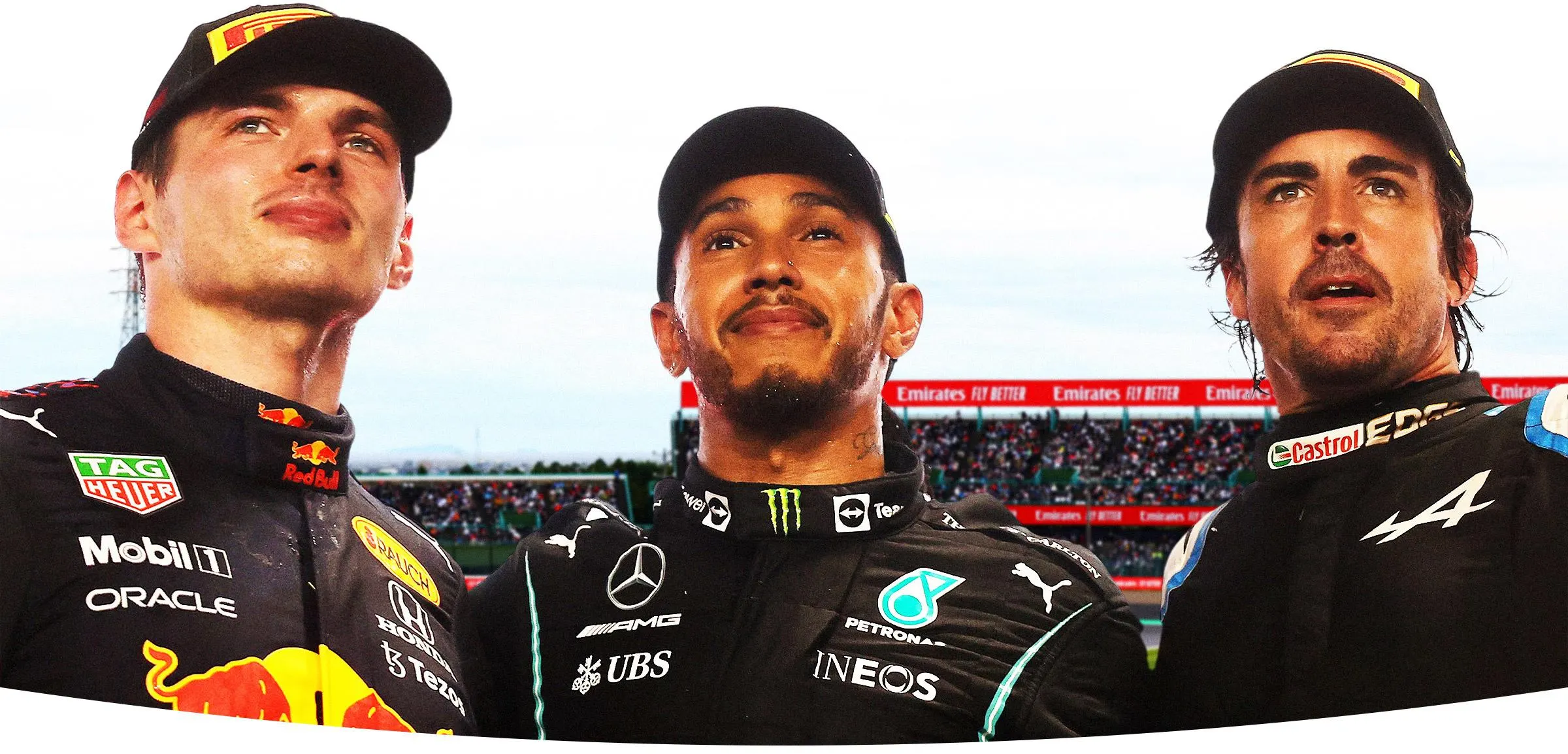Have you ever dreamed of becoming a Formula One (F1) driver? Do you have a passion for speed, adrenaline and competition? Do you want to know what it takes to race at the highest level of motorsport?
If you answered yes to any of these questions, then this article is for you. In this ultimate guide, we will show you how to be an F1 driver, from the basics of karting to the secrets of the super license. We will also give you tips and advice from experts and current F1 drivers on how to succeed in this challenging and rewarding career.
Whether you are a beginner or a seasoned racer, this article will help you achieve your goal of becoming an F1 driver and living the life in the fast lane.
Index
- Start With Karting
- Move To Single Seaters
- You Need A Racing License
- You Need To Be Part Of A Racing Team
- You Need To Compete!
- You Need An F1 Super License
- Impress An F1 Team
- Conclusion
To Be An F1 Driver – Start With Karting
Karting is the foundation of any racing career, as it teaches you the basic skills and techniques of driving fast and safely on a track.
Karting also helps you develop your race craft, which is the ability to overtake, defend, manage tires and deal with different situations on track. Most of the current F1 drivers started karting at a very young age, some as young as four or five years old.
Karting is also a great way to have fun and enjoy racing with your friends and family.
You Need A Karting License
To get into karting, you will need a kart racing license, which you can obtain from your local karting club or association.
You will also need to buy or rent a kart, which can vary in price depending on the type and level of competition.
Start with entry-level karts that are easy to drive and maintain, and then progress to more powerful and sophisticated karts as you gain experience and confidence.
You can also join a karting team or academy that can provide you with coaching, support and guidance.
Karting Builds Your Reputation

Karting is essential to build your racing resume and attract the attention of sponsors and teams. You will need to compete in various local, national and international karting championships and events, and aim to win or finish on the podium as often as possible.
You will also need to demonstrate your speed, consistency, adaptability and professionalism on and off the track. Karting is a highly competitive sport, so you will need to work hard and be determined to succeed.
Most of the most successful F1 drivers started karting at a very young age, some as early as three or four years old.
Karting is considered the foundation of any racing career, as it teaches the basic skills and techniques of driving fast and safely on a track. Some of the famous drivers who started with karting are:
Lewis Hamilton
“Hi. I’m Lewis Hamilton. I won the British Karting Championship and one day I want to be racing your cars.”
Lewis Hamilton
Lewis started karting at age six. He approached Ron Dennis of McLaren and said “Hi. I’m Lewis Hamilton. I won the British Karting Championship and one day I want to be racing your cars.” In 1998 Ron Dennis signed Hamilton to the McLaren driver development program.
So far he has won seven F1 world championships.
Sebastian Vettel
Sebastian Vettel started karting at age three. Vettel started karting at the young age of 3 and began racing in karts series in 1995, at the age of eight. Having shown early talent, he was accepted into the Red Bull Junior Team at age 11 in 1998
Sebastian won four F1 world championships.
Kimi Räikkönen
He started with karting in his hometown of Espoo in southern Finland as an 11-year-old boy. He won one F1 world championship.
Fernando Alonso
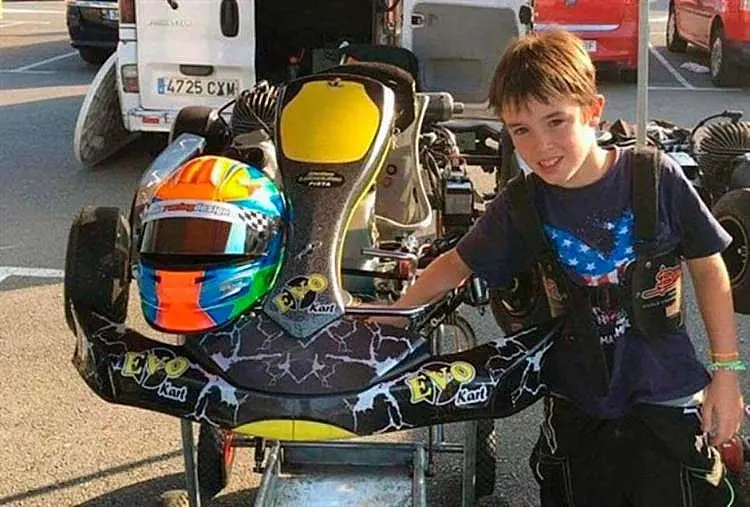
Fernando Alonso started karting at age three. In his career he won two F1 world championships.
Max Verstappen
Max Verstappen started karting at age four, and by the end of 2022 had won two F1 world championships.
Ayrton Senna
Ayrton Senna got his first go-kart at age 11. His father had built it for him and won three F1 world championships.
Michael Schumacher
Michael Schumacher started karting at age four. At four years old his father built him a kart and soon after enrolled him in the local kart club Kerpen Horrom. Michael won seven F1 world championships.
Jules Bianchi
Jules Bianchi started karting at age three, was a promising F1 driver before his tragic death.
Mark Webber
Mark Webber started karting as a boy, won nine F1 races.
Jan Magnussen
Jan Magnussen started karting in the 1980s, won the Junior and Senior World Kart Championships.
George Russel
George Russel Started Karting when he was seven years old. In 2010 he moved to the Rotax Mini Max category where he became Super One British champion, Formula Kart Stars British champion, and also won the Kartmasters British Grand Prix.
Charles Leclerc
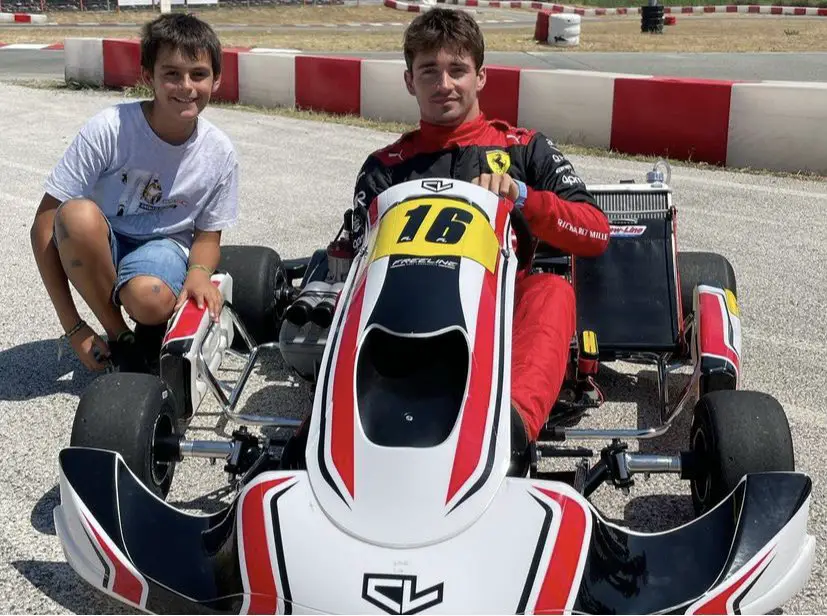
Not only did Charles Leclerc start racing in karting but he also has his own brand of kart.
To Be An F1 Driver – Move To Single-Seaters
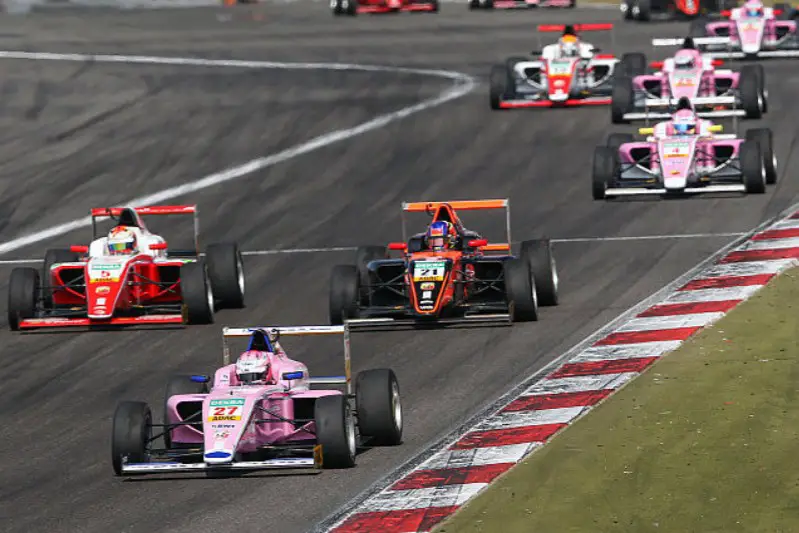
Single-seaters are open-wheel racing cars that are similar to F1 cars in terms of design and performance. They are divided into different categories or formulas, which include.
- Formula 4.
- Formula 3.
- Formula 2.
- Formula 1.
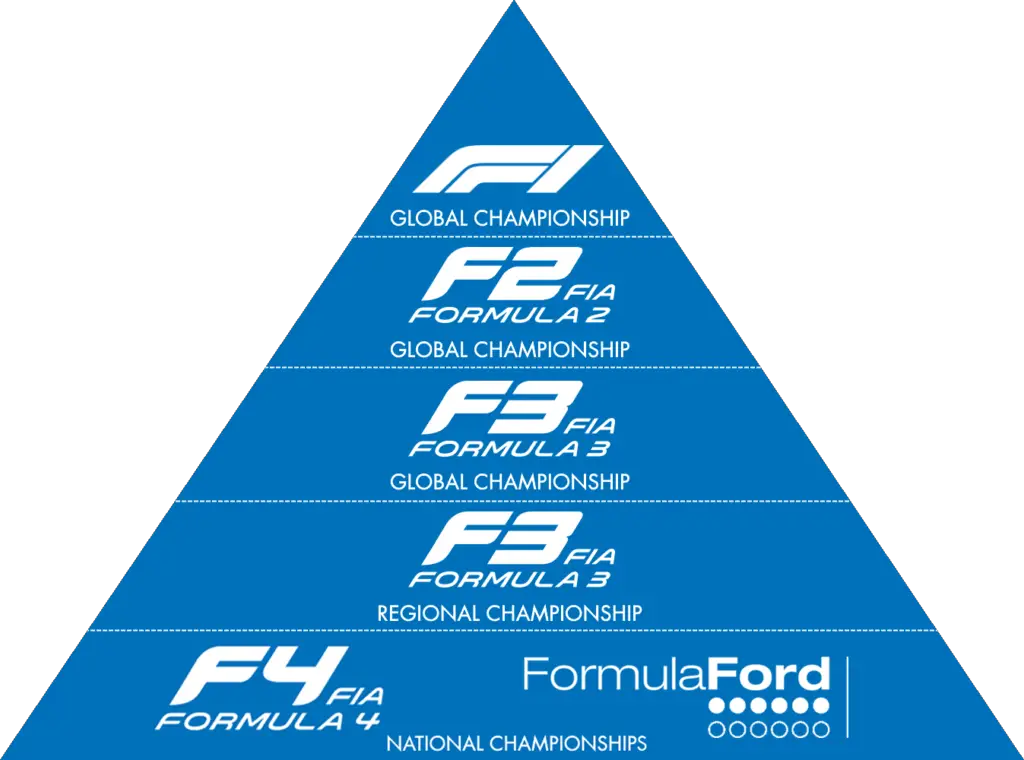
Each formula has its own rules, regulations and specifications that govern the cars, engines, tires, circuits and championships. The higher the formula, the faster and more challenging the cars are to drive.
To Be An F1 Driver You Need A Racing License
To move from karting to single-seaters, you will need a racing license from a recognized motorsport organization or federation.
You will also need to enroll in a racing school or program that can teach you the advanced skills and knowledge required to drive a single-seater car.
Learn how to handle the increased speed, power, downforce and aerodynamics of a single-seater car, as well as how to use data analysis, telemetry, engineering feedback and simulation tools.
You Need To Be Part Of A Racing Team
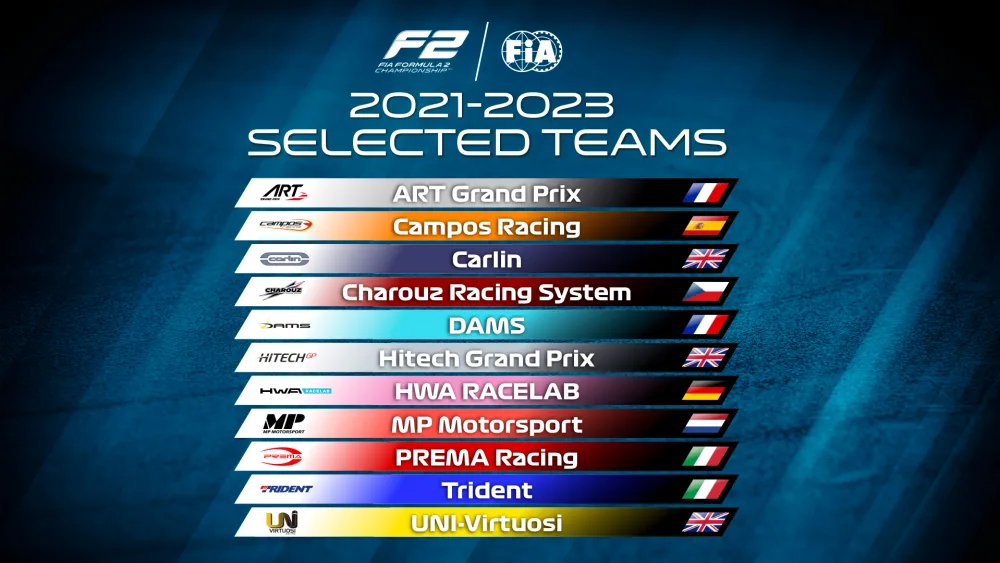
You will also need to join a reputable racing team that can provide you with a competitive car and a professional environment.
The costs are high and you will need to invest a significant amount of money or secure sponsorship deals to fund your racing career.
You will need to pay for the following items.
- Car rental or purchase.
- Engine lease or purchase.
- Maintenance.
- Tires.
- Fuel.
- Entry fees.
- Travel expenses.
- Team personnel costs.
To Be An F1 Driver – You Need To Compete!
You will need to compete in various single-seater championships and series that are part of the FIA (Federation Internationale de l’Automobile) ladder system that leads to F1.
The most common path is as follows.
- Start with Formula 4 (F4).
- Move up to Formula 3 (F3).
- Then Formula 2 (F2).
- Finally Formula 1 (F1).
Each step is more difficult and demanding than the previous one, so you will need to prove yourself at every level by winning races and championships.
You Need An F1 Super License

To become an F1 driver, you must have a from the FIA, which is the highest level of racing license available.
To obtain a super license, you will need to meet several criteria and requirements set by the FIA. These include:
- Being at least 18 years old
- Having a valid road car driver’s license
- Having at least 300 hours of driving experience in an F1 car
- Having at least 40 points from competing in eligible championships or series in the previous three years
- Passing a medical examination
- Passing a theory test on the FIA sporting regulations
- Signing a code of good conduct
The super license points system is designed to ensure that only the most qualified and deserving drivers can enter F1.
The points are awarded based on the performance and results of drivers in different categories or formulas of single-seater racing.
Winning Championships Earns Super License Points
The higher the category or formula, the more points are available. For example:
- Winning the F2 championship gives 40 points
- Winning the F3 championship gives 30 points
- Winning the IndyCar championship gives 25 points
- Winning the Formula E championship gives 20 points
- Winning the Super Formula championship gives 18 points
You can check the full list of eligible championships or series and their corresponding points on the FIA website.
Impress An F1 Team
You have to get in the F teams radars.
The final step to becoming an F1 driver is to impress an F1 team enough that they offer you a contract to drive for them.
There are currently 10 teams in F1, each with two drivers. The teams are constantly looking for new talent and potential stars that can help them achieve their goals and ambitions.
To get noticed by an F1 team, you will need to:
- Have an outstanding record in single-seater racing
- Have a strong personality and charisma
- Have good communication and media skills
- Have good technical understanding and feedback
- Have good physical fitness and mental strength
- Have good teamwork and leadership skills
- Have good connections and relationships
Many F1 Teams Have Drivers Academy’s
One of the best ways to get closer to an F1 team is to join their junior or academy program.
These programs are designed to nurture young drivers with potential and provide them with financial support, training opportunities, mentoring advice and access to resources.
Some of the most successful junior programs in F1 history are:
Red Bull Junior Team 
The Red Bull Junior Team has produced drivers such as Sebastian Vettel, Max Verstappen, Daniel Ricciardo
Ferrari Driver Academy 
Ferrari Driver Academy has produced drivers such as Charles Leclerc, Carlos Sainz Jr., Mick Schumacher
Mercedes Junior Program 
Mercedes Junior Program has produced drivers such as Valtteri Bottas, George Russell
Williams Drivers Academy 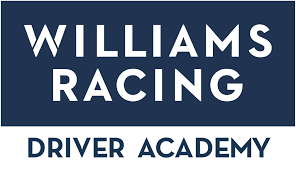
The Williams Academy has produced drivers like Notable graduates of the scheme are Lance Stroll, Nicholas Latifi, Jack Aitken and Logan Sargeant.
Another way to get closer to an F1 team is to become their test or reserve driver.
These drivers are responsible for testing new parts or developments on the car during testing sessions or free practice sessions at race weekends.
They also act as backup drivers in case one of the main drivers is injured or unavailable. Test or reserve drivers often get opportunities to drive an F1 car regularly and gain valuable experience.
Conclusion
Becoming an F1 driver is not easy. It requires a lot of talent, passion, dedication, hard work, sacrifice, luck, and money. It is a long, competitive, and challenging journey that only a few can complete successfully.
However, it is also one of the most rewarding, exciting, and prestigious careers in sports. If you have what it takes, and if you follow these tips, you may one day achieve your dream of becoming an F1 driver.

